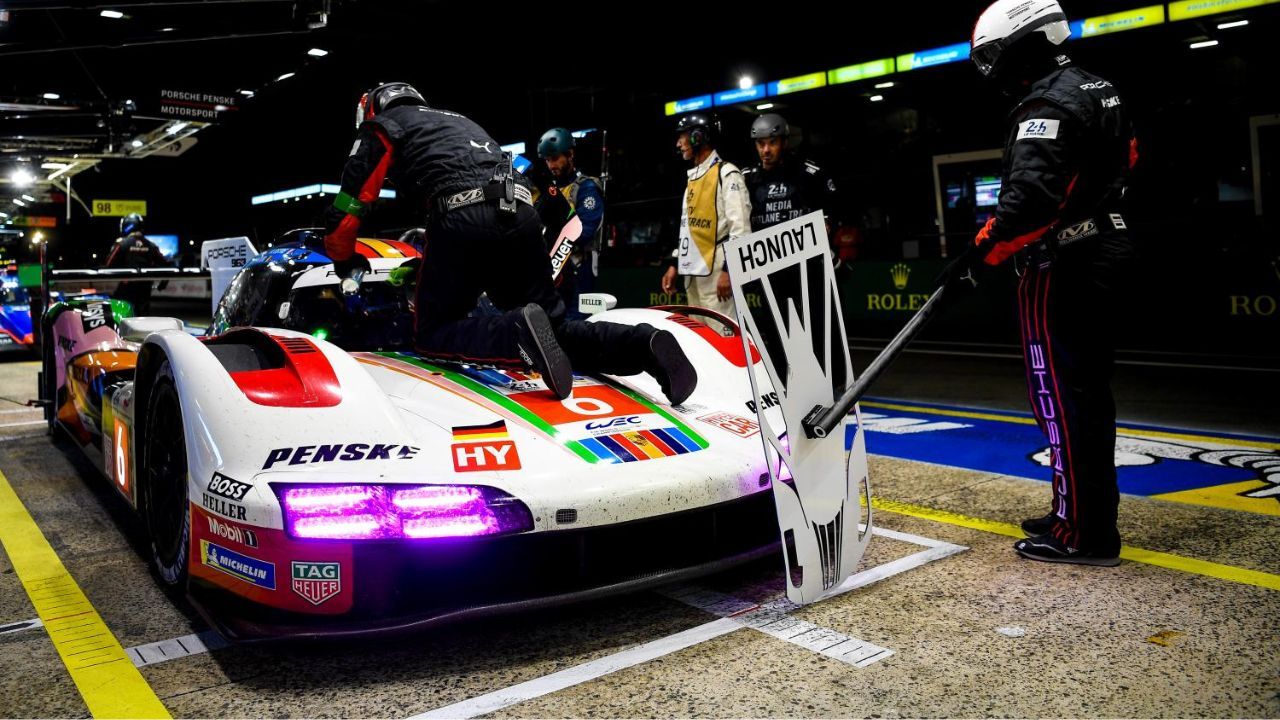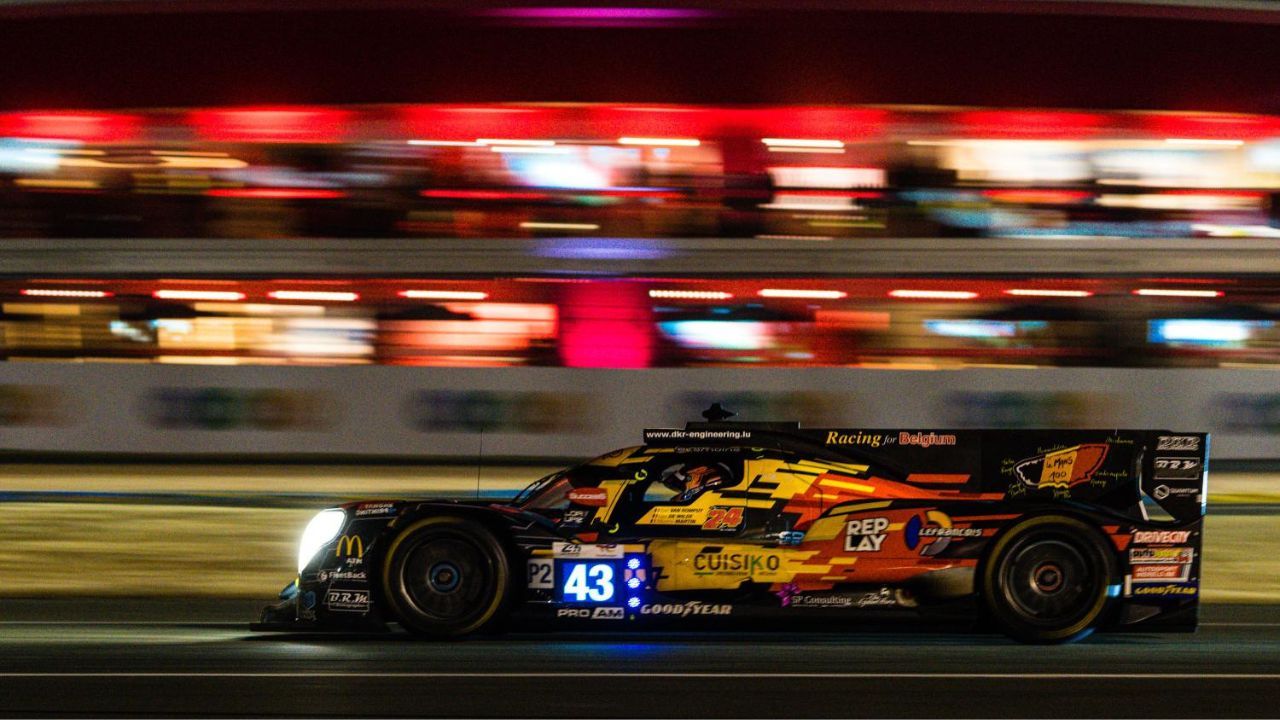
Le Mans 24 Hours: Since its first run in 1923, the 24 Hours of Le Mans has had its fair share of highs and lows. There haven't been 100 consecutive years of the race, but its centennial in 2023 promises to be one of the most exciting and intense competitions in recent history. The official name of the racecourse that hosts the 24 Hours of Le Mans is the Circuit de la Sarthe, and it is situated on the outskirts of Le Mans, France. With a total length of 13.6km, the course uses closed public roads in addition to the official racecourse. Since 2023 represents 100 years since the original event, this year's celebration is sure to be exceptionally remarkable. There will be four practice sessions, a qualifying session, and Hyperpole before the race begins on Saturday, June 11. If you've just learned about this endurance race, here's everything you need to know to get started.
Also Read: MotoGP Italian GP: Ducati Rider Enea Bastianini set to return at Mugello
Le Mans 24 Hours: Rules & Car Classes Explained
The opportunity to race against other fast vehicles has long been a major lure to endurance races like Le Mans. The race has included many classes, each of which competes against vehicles with identical specifications. That other driver next to you on the track may not necessarily be your intended opponent. The World Endurance Championship and the associated Le Mans race include four different classes of vehicles.
LMH (Le Mans Hypercar) prototypes, which may use a front-axle hybrid powertrain, are currently the premier class at Le Mans. Teams and vehicles based on the Le Mans prototype class compete in the new LMDh (or GTP) class of the IMSA WeatherTech SportsCar Championship in the United States. Dallara, Multimatic, Ligier, and Oreca provide the chassis for the less advanced LMDh vehicles, while the automakers themselves may construct the more advanced LMH vehicles. Toyota, Porsche, Ferrari, BMW, Glickenhaus, Vanwall, Cadillac, and Peugeot will all send their factory cars in the Hypercar class at the 24 Hours of Le Mans in 2023.
The LMP2 class is a lower-cost prototype category for individual teams, positioned below the Hypercars. A total of four manufacturers (Dallara, Oreca, Riley-Multimatic, and Onroak) are involved.
Below this is the only GT category, LM GTE Am. The LM GTE Am machines are aesthetically close to production models and share many mechanical components. Competitors include Ferrari, Porsche, Aston Martin, Ford, Chevrolet, and BMW. Professional and amateur drivers alike are welcome to compete in the GT category. It uses a balance of performance tweaks to level the playing field by modifying factors that affect vehicle performance, such as engine output and curb weight.
The drivers are balancing the demands of speed, traffic, and other factors, such as fuel consumption and tyre life. That entails, at least in the Hypercar class, covering more ground than an F1 race in every two hours and zipping by slower vehicles several hundred times. In any particular lesson, the intensity may be phenomenal, and the lead will seldom exceed two minutes.
Also Read: MotoGP: Bharat GP Ticket Registration Begin, Here’s How to Register
Le Mans 24 Hours: Format
In the 24 Hours of Le Mans, the winning team is the one that accumulates the highest total race distance. There are three drivers on each team, and they take turns driving for the whole 24 hours.
For a running start, the drivers follow a safety car around the track for one lap while staying in the order they qualified in. When the safety car returns to the pits at the completion of this lap, the leader of the race assumes control, and the full 24 hours of competition begin.
A yellow flag indicates a potential danger on the track and signals to vehicles to reduce their speed. In the event of a major accident or to warn of dangerous weather conditions, the 24 Hours of Le Mans uses a red flag to signal to drivers that they must slow down and return to the "red flag line."
One of the reasons Le Mans is so difficult to compete in is because of the nighttime conditions on the course.
Success in the 24 Hours of Le Mans requires teams to switch between three drivers throughout the race. No driver may spend more than 14 hours behind the wheel over the course of the 24 hours, and most spend anything from 45 minutes to four hours behind the wheel. Teams swap drivers when they schedule pit stops for refuelling and tyre maintenance.


























Write your Comment